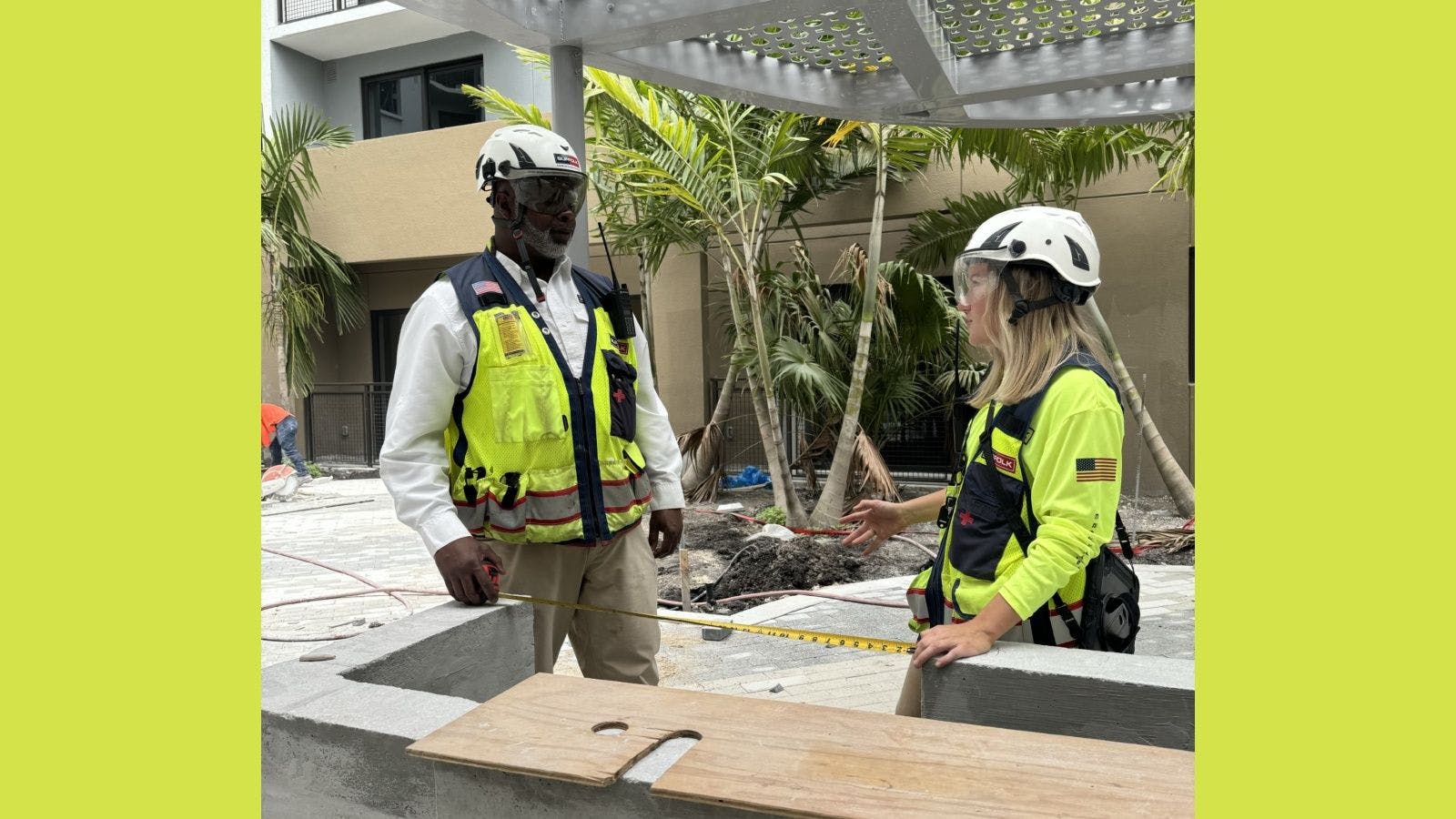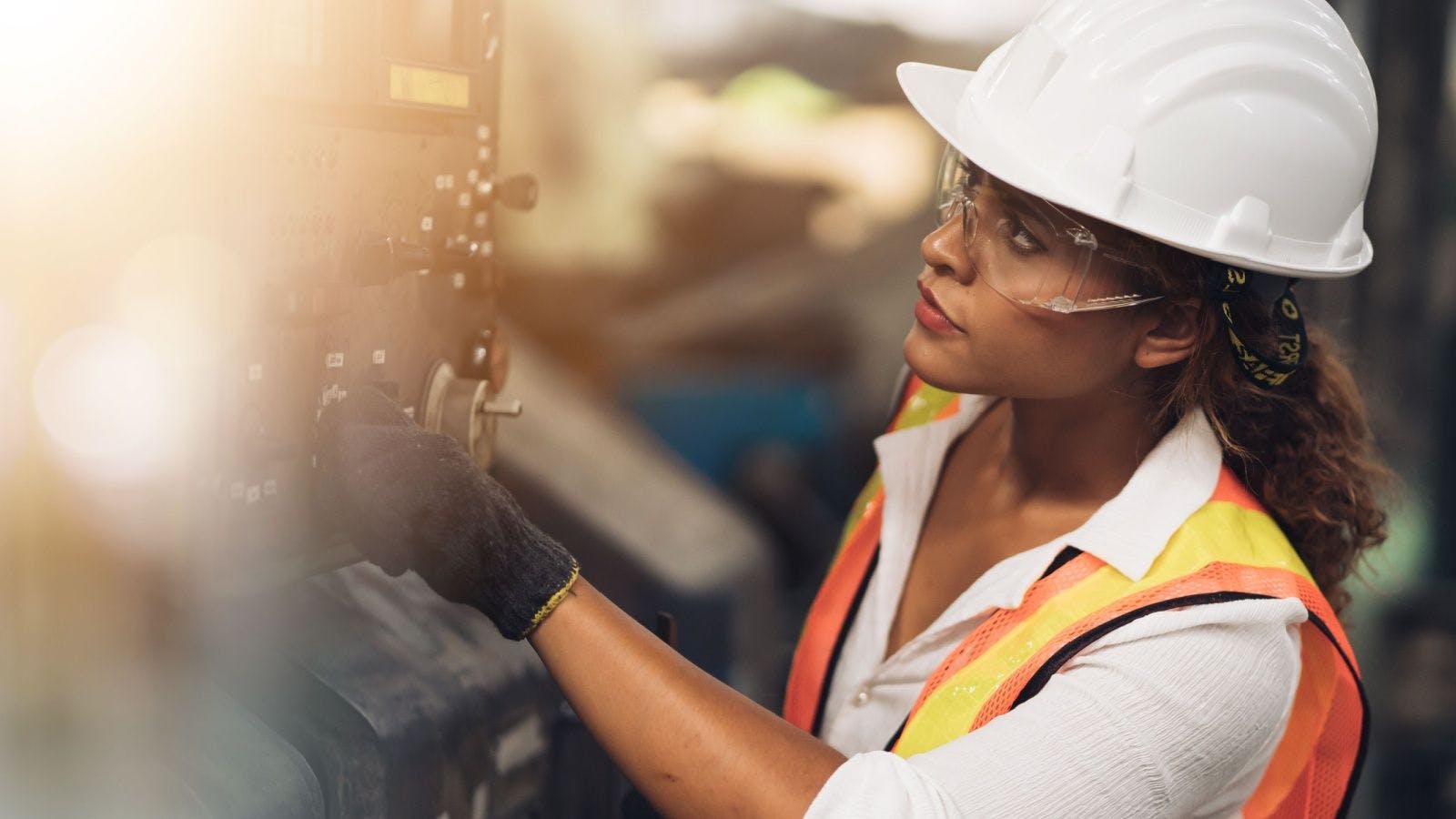
Want to Be More Inclusive?
ABC’s Diversity Resource Groups Are Here to Help
Smart businesses embrace the diversity of the U.S. population. An estimated 325 million people live in this country, according to the U.S. Census Bureau, split fairly evenly between men and women. About 17.8 percent are Hispanic, 13 percent are African American, 5.7 percent are Asian and 1 percent are Native American. Nearly 20,000 are military veterans and about one in five has a disability.
The question many business leaders face is whether their organization reflects this multicultural reality, and if not, what they can do about it. There’s a lot to consider:
- Do the company’s hiring and recruitment practices attract diverse job candidates?
- Does the company offer inclusive networking and training to help all talented employees excel?
- Does the company seek to work with business partners with diverse backgrounds and experience?
While the benefits of diversity are fairly well documented—improved morale, productivity, creativity, innovation, problem-solving, decision-making, retention and reputation—it can be tough for a busy, well-intentioned firm to know where to start or who to turn to for guidance. Enter Associated Builders and Contractors’ (ABC) Diversity Resource Groups, created over the last year to bring people with common interests and characteristics together to help articulate, promote and support the needs of certain constituencies.
Each group has a leader who is dedicated to understanding the construction industry’s workforce, workplace and marketplace from the perspective of a single demographic faction, and participation is open to all members of ABC.
Alex Galicia – Veterans Diversity Resource Group: Galicia is president and CEO of BPI Plumbing, Chula Vista, Calif. He took over the business while on active duty with the Army after his uncle, the founder, unexpectedly passed away in late 2005, and he joined the company full time when his service was up in mid-2008.
Sharon Hamilton – Hispanic Diversity Resource Group: Hamilton is president of Sentinel Fence and Contracting in Scottsdale, Ariz., and La Jolla, Calif. She started the company in 2002, acquiring several Small Business Administration certifications and expanding the firm’s self-performing capabilities to become a general contractor offering preconstruction, value engineering and project management services.
Jennifer Jezek – Native American Diversity Resource Group: Jezek is president and owner of York Electronic Systems, Inc., Broken Arrow, Okla., a family-owned business that helps other minority-owned firms prosper through its “buy local” and “buy TERO” (Native American) philosophies. She has worked in virtually every position at the company since graduating from high school and Langston University, and she formally acquired the business from her parents in 2012.
Laura Lapidus – Disability Diversity Resource Group: Lapidus is management liability risk control director for CNA, which has five Employee Resource Groups that foster inclusive workforce and workplace practices. She has been part of the insurance market for approximately 18 years and is a member of the ADA Trainer Leadership Network, an initiative of the ADA National Network, coordinated by the Northeast ADA Center at Cornell University.
Brad Lewis – African American Diversity Resource Group: Lewis is corporate director of supplier diversity at Hensel Phelps—a prior winner of ABC’s Diversity Excellence Award. He has worked in the construction industry for 19 years, and his current role involves maintaining small/diversity business inclusions and community engagement.
Irma Wehmeyer – Women’s Diversity Resource Group: Wehmeyer is chief estimator and project manager for commercial and large capital industrial insulation at hth companies in Union, Mo. She has been with the company for 18 years.
Kirby Wu – Asian Diversity Resource Group: Wu is president of Wu & Associates, Mount Laurel, N.J., half of whose workforce falls within a Diversity Resource Group. He’s responsible for financial oversight, project management, HR and business development, and has worked in the construction and architecture industries for 24 years.
What are your goals as an ABC Diversity Resource Group leader?
Galicia: I would like to give my fellow veterans in construction a forum where they can share experiences and seek mentorship and networking. I also would like to provide an organized method for larger ABC members to reach out to veteran business owners.
Hamilton: My goal as a Hispanic leader is to encourage construction industry members to devote themselves and their businesses to promoting diversity and inclusion. I can help ABC members navigate through the intricacies of the construction industry by offering my experience as a minority, woman-owned, disadvantaged small business and by making available a wide network of Hispanic businesses and resources that have faced similar challenges.
Jezek: My overall goal is to create awareness of how diverse and inclusive cultures can expand competitive advantages within the construction industry. ABC members can utilize me for information on Native American business resources and certification processes, as well as a liaison to contractors that can fulfill project set-aside requirements.
Lapidus: I hope to bring about a better understanding of how individuals with disabilities, whether physical or mental, can be valuable and productive employees in the construction industry. I want ABC members to use me as a resource to better understand the process for becoming (or working with) a disability- owned business enterprise (DOBE).
Lewis: My goal is to identify and implement creative and resourceful methods to increase minority-owned business members within ABC and to change the perceptions of these businesses. With Hensel Phelps’ leadership when it comes to small business inclusion, I can implement the tools and proven methods to assist ABC members in meeting their goals.
Wehmeyer: I want to create an environment and forum for women to network and share their experiences and successes to be an encouragement for diversity within the construction industry.
Wu: I want to expand awareness about the importance of diverse businesses in the construction industry. ABC members are free to contact me for recommendations and advice or to talk about past experiences.
What are some of the challenges facing the group you represent?
Galicia: Veterans can be a feisty, independent bunch. We do not tend to seek out this type of environment until we realize it’s not about getting handouts or someone feeling sorry for us, but rather it’s good business to interact with fellow veterans and help our community help itself.
Hamilton: As the largest minority group in the United States, Hispanics have many challenges ahead. Things like the language barrier, common misconceptions and widespread discrimination present additional obstacles to Hispanic families that work hard to succeed. We are concerned about these realities carrying over to the jobsite and affecting the livelihood of Hispanic workers across the nation.
Jezek: Native American businesses may be geographically isolated in rural communities or on reservations, so there are limited networks and peers from which to learn. Additionally, Native American entrepreneurs often lack the background, resources and collateral to obtain business loans and bonds required for many contracts. ABC is collaborating with experts from other organizations, such as the Small Business Administration and American Indian Chamber of Commerce, to help address these needs.
Lapidus: There is a misconception that individuals with disabilities do not have a place in the construction industry, but that couldn’t be further from the truth. Many people with physical and mental disabilities productively contribute to the construction industry every day. Employing individuals with disabilities and working with DOBEs is a smart business practice, and it reflects the composition of the clients that companies serve.
Lewis: Diverse businesses want access to opportunities and the tools to be successful once they get an opportunity. Ultimately, they are excited about getting a piece of the American Dream though the thriving construction industry.
Wehmeyer: There often is a perception that women cannot perform certain tasks within the construction industry, whether it is on a field level or on a higher management level. Some feel that women are not up to the challenge either physically or psychologically. If given the opportunity, women can perform and succeed in both areas.
Wu: Many Asian Americans are not comfortable with speaking out, so they tend to be an underrepresented voice in the industry. They need guidance to break through and have the same access to owners and developers as other companies.
Why is it important for construction industry members to be committed to diversity and inclusion?
Galicia: Diversity is what makes America great. Diversity initiatives are different for everyone; veterans just want to become as successful and self-sufficient as possible. Nothing helps achieve this more than a profitable business.
Hamilton: Our company has relied on our diverse staff because it creates an environment that improves tolerance and cultural awareness in the workplace. Having a workforce comprised of a variety of ages and ethnic, cultural and geographic backgrounds allows us to react more effectively to the ever-changing landscape of the construction industry.
Jezek: According to the Minority Business Development Agency, 46 percent of the U.S. population will be made up of what we now consider minorities by 2045. This trend alone represents 86 percent of the country’s total population growth. Last year, minority buying power totaled approximately $4.3 trillion. To be relevant in today’s market, it is critical to reflect the demographics. Statistics show that diverse and inclusive organizations outperform their competitors by providing better customer experiences, greater employee satisfaction, and better decision-making and innovation. Ultimately, that feeds the bottom line.
Lapidus: Supporting diverse businesses helps companies by incorporating diversity of thought and experience into their daily business practices. Supporting local diverse suppliers can assist in improving economies in emerging markets, which can have high growth rates. In turn, this may improve consumers’ purchasing power in those markets. Strong supplier diversity programs also can boost a company’s social image, which can benefit the business from a marketing perspective.
Lewis: The number of minority-owned businesses with sustainable capabilities and capacity is increasing across the country. By actively supporting diversity initiatives and programs, businesses can gain fruitful relationships, a competitive subcontracting pool and competitive pricing that will, in turn, make their bids to clients more competitive. Winning work increases profits, creates more jobs and improves communities.
Wehmeyer: To be successful in today’s marketplace, it is crucial to understand the culture in which we live. As our population and workforce changes, we have to be prepared to change with it. This includes not only hiring and training these workers, but also a change in our traditional thinking. With the change in our culture to inclusion, it gives everyone the opportunity to grow based on their merit and creates an environment of success for the individual, the company and the industry.
How does the diversity conversation dovetail into the talent shortage the industry is experiencing?
Galicia: There are thousands of veterans who are done with their service and are looking to reintegrate into society. They are seeking career opportunities in growing fields like construction.
Hamilton: As the owner of a small construction business, I come face to face with the talent shortage every day. However, our company has persevered through the shortage thanks to having a diverse and resilient workforce. For this reason, I strongly believe that diversity is the key to overcoming the current skilled labor shortage that the construction industry is experiencing.
Jezek: By and large, there is a misconception that the construction industry is limited to low-wage, physical labor-centric jobs. The public does not understand the expansive career opportunities that our industry provides. Diversity will help improve perceptions, which in turn will help with talent recruitment.
Lapidus: By considering qualified individuals with disabilities, the industry can expand the number of potential employees. Keep in mind, in a widely accepted study conducted by the U.S. Job Accommodation Network, individual workplace accommodations for employees with disabilities are shown to be low cost, with 57 percent of participants spending nothing at all. Of those accommodations that did have a cost, the typical one-time expenditure by employers was $500.
Lewis: There are countless underserved diverse communities across the country with young men and women who would excel in the trades if only given the exposure and the opportunity. The same goes for returning citizens (i.e., formerly incarcerated individuals).
Wehmeyer: With the huge deficit of workers, I believe we need to not only actively seek out a diverse workforce, but also invest in training to develop them into quality employees. As a merit-based organization, if we give our diverse workforce the tools and opportunities, they can become a valuable asset to the construction industry to help meet the workforce shortage we are facing—as well as bring a different perspective to our industry.
Wu: Diversity provides a value proposition for finding more talent in an industry that already has a workforce shortage. Plus, by expanding our subcontractor pool, we can be more competitive in our work.
Joanna Masterson was a writer and editor for Construction Executive for more than a decade.
Related stories








